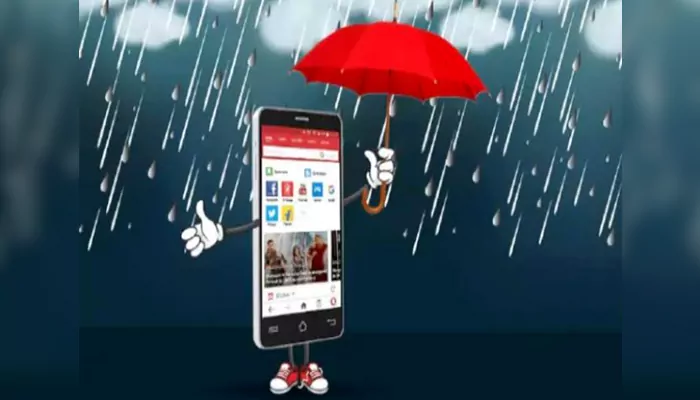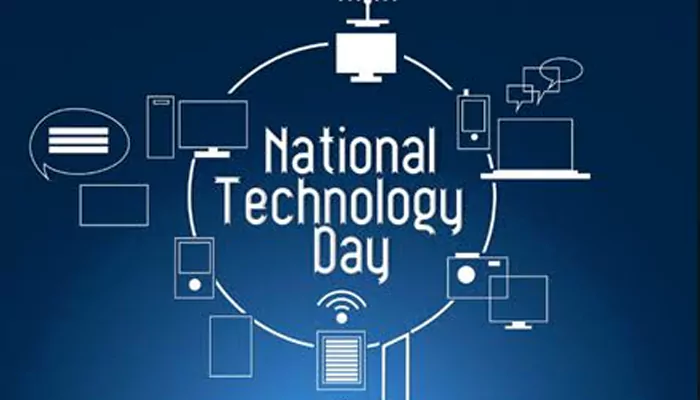
In the ever-evolving realm of technology, the Internet of Things (IoT) has emerged as a groundbreaking force, seamlessly intertwining the physical and digital realms that were previously unimaginable. IoT refers to a network of interconnected devices that communicate and share data, creating a comprehensive web of connectivity. This integration has the potential to revolutionize industries, enhance efficiency, improve our daily lives, and propel us toward a more sustainable future.
- The Core of IoT- Connectivity and Data Exchange: IoT is the concept of connectivity. With sensors, actuators, and communication modules, the device can interact, collect data, and make informed decisions. This interconnected network facilitates real-time data exchange, allowing devices to collaborate and respond dynamically to changing conditions.
- Smart Homes and Enhanced Consumer Experience: One of the most conspicuous impacts of IoT is the proliferation of smart homes. Devices such as thermostats that adapt to user preferences and refrigerators that generate shopping lists seamlessly integrate into our daily lives. Home automation systems empower users to remotely control and monitor various aspects of their homes, offering unparalleled convenience, energy efficiency, and security.
- Industrial IoT (IIoT) and the Evolution of Manufacturing: IoT catalyzes a transformative shift known as Industrial IoT (IIoT) in the industrial and manufacturing sector. Smart factories leverage IoT technologies to optimize manufacturing processes, monitor equipment health, and enhance efficiency. Real-time data collected from various sensors enables predictive maintenance, preventing equipment failures and minimizing downtime, resulting in substantial cost savings.
- Healthcare Revolutionized Through Wearable Technology: IoT is reshaping the healthcare landscape. Wearable devices connected with sensors monitor vital signs, track physical activity, and provide valuable health insights. These devices empower individuals to take control of their health and enable healthcare professionals to deliver more personalized and proactive care.
- Smart Cities Paving the Way for Sustainable Living: As urbanization escalates, the concept of smart cities gains momentum. IoT technologies contribute to the development of intelligent infrastructures, enhancing urban living. Traffic management, waste disposal, and energy-efficient lighting systems are examples of how IoT is fostering the creation of sustainable and resilient cities.
- Challenges and Considerations in the IoT Landscape: While the potential benefits of IoT are immense, the swift proliferation of interconnected devices raises valid concerns. It must address security and privacy issues to safeguard sensitive data. Standardization and interoperability challenges need resolution to enable seamless communication between diverse IoT devices and platforms.
- The Future of IoT- Emerging Trends Shaping Tomorrow: Several trends will shape the future of IoT. Edge computing, involving processing data closer to the source rather than in a centralized cloud, gains prominence. The advent of 5G connectivity will enhance the speed and reliability of IoT networks, ushering in a new era of real-time applications. Artificial intelligence (AI) with IoT devices will enable them to make more intelligent and context-aware decisions.
The Internet of Things is not merely a technological leap. It represents a paradigm shift reshaping how we live, work, and engage with the world. IoT is constructing unprecedented innovation and efficiency, from smart homes to smart cities. Addressing challenges and ethical considerations is crucial to ensuring a secure, reliable, and inclusive IoT ecosystem with the advancement of this connected landscape. The world is becoming more connected, and the possibilities of IoT are limited only by our imagination and our commitment to harness its potential.












